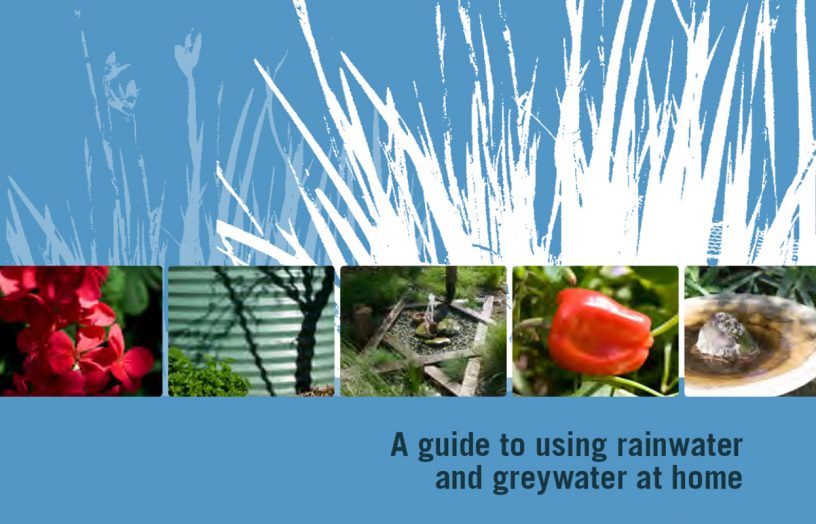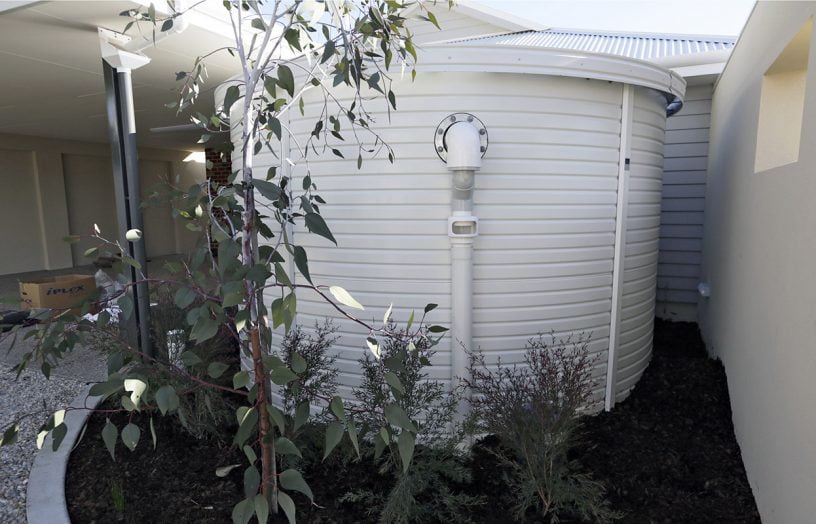Measure then reduce your water use
Saving water is one of the easiest ways to reduce your environmental footprint at home. It’s not just about buckets and shower timers though, it’s about measuring how much water you use, and then finding ways to reduce this water use even further. Whatever you do, there will be environmental and financial benefits to saving water at home. Explore our advice below, and read Water Not Down the Drain and the Water Efficiency Around the Home ebook, two of our leading publications to help you plan a water efficient home.
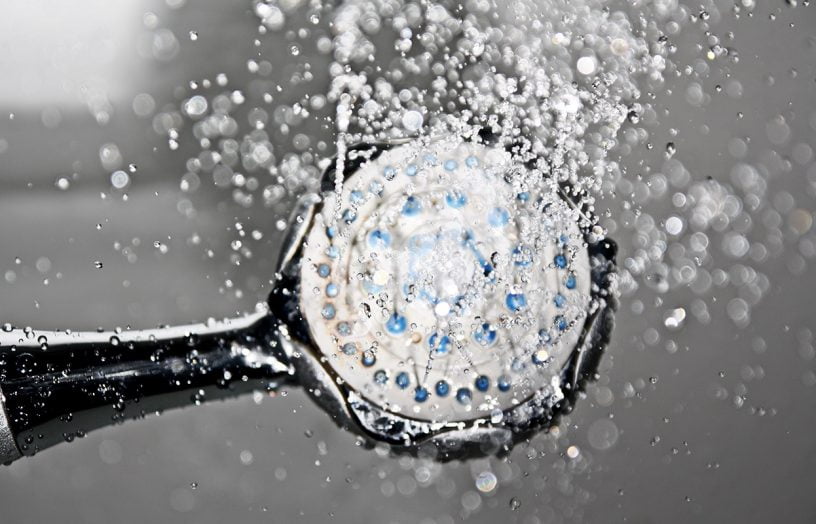
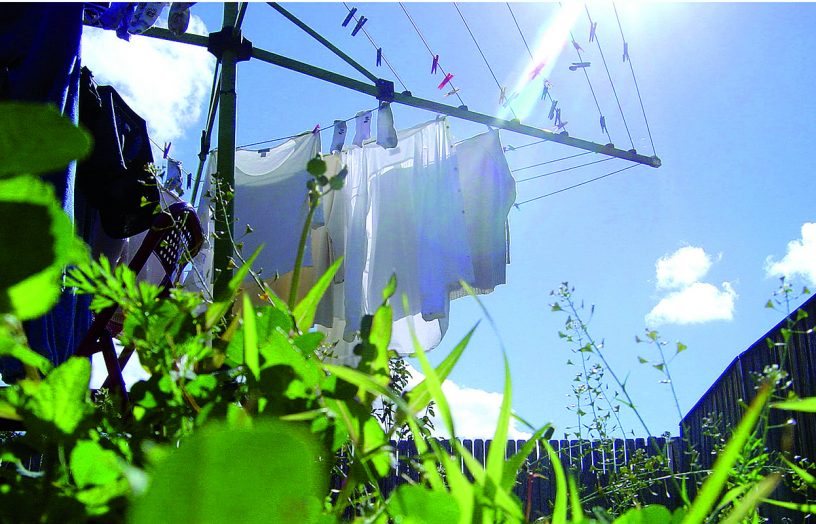
The quickest way to check your household water use is by looking at your water bill. It should show your average daily water use in a graph that also shows the average for the other billing periods throughout the year. Some water authorities also show comparisons between your household and the typical water consumption of other households in your area.
The obvious variation during the year will be the amount of water used on the garden in dry periods compared to wet periods. As well as checking the overall figure for water consumption, compare bills over time to see if there are variations in your water use from year to year. If there are big jumps or falls in water consumption you may be able to think back to particular changes that have happened.
Household water consumption can vary greatly, partly because of habits and behaviour, and partly because of the differences in equipment and appliances. Some shower roses, washing machines, dishwashers and toilets use a lot more water than others. It can be three or four times the amount to perform the same function. And maybe some members of your household use a lot more water than others.
Household water consumption varies significantly around Australia, partly due to climate and partly due to types of housing. Australians on average used 78kL per person during the year 2014–15, down from an average of 120kL per person in the year 2000-01. Victoria reported the lowest average with household water consumption per person of 62kL, followed by Tasmania at 72kL. Northern Territory reported the highest with an average of 143kL per person, followed by the Western Australia at 126kL per person.
Stuart McQuire in his book Water Not Down the Drain says that knowing where you use most of your water at home will help you make changes to save water. It can also help you work out how much greywater is available, or where you might use rainwater instead of mains water.
For example, consider the following average water use for a household in Melbourne in 2014/15, according to the Bureau of Statistics. Outdoor use averages about 20 per cent of the overall household water used. Inside the house, the shower uses the most water at 30 per cent, with tap use and general use, including the bath, accounting for about 19 per cent. The next biggest use of water is clothes washing at 16 per cent, followed by the toilet at 14 per cent. Dishwashing is about one per cent of the overall water used by households.
We look at the water measuring devices in At home with water efficiency published in Renew magazine. Author Eva Matthews says the first step in home water conservation is to understand how much water you are using, and where. Once you know that, you can take steps to implement water-saving measures most effectively and there are a number of online tools to help.
Water Corporation has a water use calculator that gives green/amber/red light results, then an action plan for steps you can take to improve your result. It’s based on averages, rather than specific consumption per household, but is still a useful tool to alert you to what needs attention and steps you can take.
Hunter Water provides a similar calculator, and offers comparisons between estimated water usage figures for your home and the ‘typical customer’; it also provides water-saving tips for each major water-use zone.
Tas Water’s online calculator is similar, but a bit more flash. It has a column graph showing daily use for different areas in each major zone, as well as comparison to the average; final results show average yearly use per zone, and comparison with the average.
For homes connected to a reticulated water supply, you can monitor overall usage by reading your meter or looking at the stats on your water bill—and then assess subsequent savings by comparing to post-action readings.
Issue 125 of Renew magazine reviews how smart water meters can help to monitor your actual water use at home in more detail, and therefore more accurately target your water-saving measures.
Leaks can waste more water than anything else, without you even noticing. Check to see if your toilet, taps or hoses are leaking. Read At home with water efficiency in Renew magazine for more advice on checking for leaks.
Water meter leak check
A simple test for leaks can be done using your water meter. Do this at a time of day when people are not using any water.
Read the meter and write down the numbers. Wait 30 minutes and read the meter again. If the numbers are different it means you have a leak (or someone in the house used some water without you knowing). Look for obvious signs of drips or wet areas near taps. If you can’t find the leak, check the toilet cistern for leaks or call a plumber to assist with the investigation.
Toilet cistern leak check
The toilet cistern may be leaking without it being obvious. If the water meter check shows water is flowing somewhere in the home, and there aren’t obvious wet areas around taps, then the next thing to check is the toilet. Take the lid off the cistern and add a few drops of biodegradable food colouring. Observe the water in the toilet bowl after 15 minutes to see if any of the food colouring has leaked through. If it has, this is a sign that the seal on your toilet cistern is leaking. Hardware stores and plumbing suppliers sell replacement seals.
The shower is the biggest water guzzler in the home, accounting for around 34 per cent of indoor water use according to Your Home, but there are a couple of simple things you can do to save water. Replacing an old inefficient showerhead with an efficient one (3 Star, using 6–7 litres/minute) will mean you use about 40 per cent less water. There are programs in many states to provide free or low-cost showerhead replacements; see www.yourenergysavings.gov.au/rebates.
Take shorter showers (set a timer!) and, possibly, fewer showers. As well as conserving water, more-efficient showers can save on energy bills as less water needs to be heated.
By installing low-flow taps or tap aerators, you can reduce your tap water use in the bathroom from 18 litres/minute to just 2 litres/minute. Again, behaviours can maximise the benefits here—for example, don’t leave water running for longer than you need to wash your hands or clean the basin, and turn it off while brushing your teeth.
Consider the following advice from Water Not Down the Drain and you’ll be well on your way to cutting water use in the bathroom.
- Fit a low flow shower rose (3-star or better, 6 to 7 litres/minute)
- Fit a flow restriction disc (a plastic insert) to your existing shower rose (6 to 7 litres/minute)
- Take shorter showers, around four minutes or less. Use a shower timer as a reminder
- Don’t turn the shower on as hard
- Soak in a partially filled bath, rather than having a long shower
- Wash hands in cold water to reduce water loss from waiting for hot water
- When brushing teeth, use a cup of water for rinsing, not a running tap
- Put the plug in the basin when washing or shaving
- Fit a 6-star aerator or flow regulator on the basin tap to control the flow rate
The laundry is another a high water-use area of the home (23 per cent according to Your Home), so wait until you have a full load of washing before turning the machine on, and/or adjust the water level to match the load size. Use any ‘eco’ functions your washer offers. If you have an old washer, consider replacing it with a minimum 3.5 Star WELS-rated model, and note that front-loading washers are more water-efficient than top-loaders in general. Although a combination washer/dryer might be space-saving, the condenser technology it uses means that quite a bit of water is used in the drying process, so, before purchasing one of these, check the WELS rating and water-use data of different models.
Consider the following advice from Water Not Down the Drain and you’ll be well on your way to cutting water use in the laundry.
- If you need to use a basin for hand-washing items, install a low-flow tap or one with an aerator, and only use the minimum amount of water required to wet and rinse the items
- Wait until you’ve got a full load before washing clothes
- Don’t wash your clothes until they need it
- Use the low water cycle
- Choose the cold wash setting to save energy
- Use the `suds saver’ on your washing machine if it has one
- Choose a 5-star washing machine when you replace your existing machine
- Fit a 6-star aerator or flow regulator to the laundry tap to control the flow rate.
Kitchens account for up to 10 per cent of water use in the home according to Your Home. Water-saving strategies here include scraping food remains off dishes into the compost bin (rather than rinsing) prior to washing, and always using a plug in the sink, if hand washing dishes or vegetables, instead of having the tap run continuously.
One step beyond this is to use a Hughie Sink, which is a removable bucket moulded to fit most sinks. Any water collected from washing veggies for instance, can easily be tipped onto the garden after each use. Water savings can also be made by installing a water-efficient dishwasher (minimum 3.5 Stars) and using it optimally. Fully load the dishwasher and use the economy cycle if you have one. A dishwasher will use between 10 and 16 litres per cycle; water usage when washing by hand varies enormously, from less than 10 litres for those who don’t rinse, to 30 or more for those who rinse well.
Consider the following advice from Water Not Down the Drain and you’ll be well on your way to cutting water use in the kitchen.
- Wash up once a day (if you need to)
- Wait until the dishwasher is full before running it
- Put the plug in the sink when rinsing dishes, or wipe dishes with a damp cloth instead
- Rinse vegetables over a bowl, and tip the water on the garden or a pot plant
- Fit a 6-star aerator or flow regulator to the kitchen tap to control the flow rate
- Choose a 6-star dishwasher when buying a dishwasher
- Eat less meat and dairy food, and cut your water footprint
The Australian Water Efficiency Labelling and Standards (WELS) scheme requires products such as showerheads, toilets, washing machines, dishwashers, taps and flow controllers to be rated and labelled for their water efficiency. The Star rating system and data on actual water consumption will help you make the most water-efficient choice for your budget. Water consumption also influences energy consumption for appliances that use hot water such as dishwashers, so lower water use is better, provided it doesn’t compromise the appliance’s effectiveness. Search www.waterrating.gov.au for the most water-efficient appliance.
Running water down the drain while you’re waiting for water to get hot wastes water and also wastes energy. This waiting time is often worse in new homes; with increased home size and more bathrooms there are longer distances from the hot water unit to the taps.
A hot water recirculation device can be installed to stop the waste of water during the waiting time. It is usually installed at the point of the furthest hot water fixture from the hot water unit. There are a range of these on the market, with some operating by sending water back into the hot water unit and others diverting it to the garden or rainwater tanks. They can come with remote control devices that allow you to use them in the bathroom, laundry or kitchen.
If you’re renovating or building ask the plumber to put a hot water loop into the house that takes the shortest route it can to reach all the fixtures. The loop runs from the hot water unit and then returns to the hot water unit. From the loop, smaller diameter branch pipes are run to individual taps, again taking the shortest possible route. The piping all needs to be well insulated to minimise heat loss. If a hot water recirculation device is combined with the hot water loop it means that water will be circulated around the loop back into the hot water unit until the water reaches a pre-set temperature. This not only saves water, but also saves energy.
Water use outdoors can be up to 40 per cent of total household water usage according to Your Home—mostly used in the garden, but also washing cars and filling swimming pools. There are a number of articles in ReNew magazine’s Water Saving Special (issue 135) that look at ways to be more water-efficient in the garden.
Consider the following advice from Water Not Down the Drain to save water in the garden.
- Put mulch on the garden
- Zone plants according to their water needs
- Use low water plants (xeriscaping), including local indigenous plants
- Try to limit large lawn areas that need irrigation
- Recycle greywater to the garden
- Use swales or infiltration areas (sometimes called raingardens) to catch surface water for the garden
- Add compost or organic matter to the soil to help it hold water
- Use a wetting agent on the soil if it is repelling water
- Grow at least some food at home to reduce your water footprint for food production
- Direct flows from hard surfaces like driveways or paths to garden beds
- If putting in paving then consider permeable paving.
Efficient watering is a key to avoiding waste and making sure your garden gets the most benefit.
Water deeper and less often to encourage deeper root growth. Frequent light watering encourages roots to grow near the surface where the roots are exposed to the extremes of the weather.
- Water in the morning before the heat of the day. Evening watering is second best, but may not suit plants that are prone to disease through being damp overnight.
- Water into the root zone using a drip system if you can
- Use timers to control the amount of water delivered
- Watch the weather forecast and adjust your watering pattern to make the most of rain
- Get to know the plants that first indicate the garden needs watering, and adjust your watering patterns to save more water if possible
- Use trigger nozzles on hoses.
For many people, drought, water restrictions and climate change meant it was time to reassess the plants in the garden. Keeping plants alive with no water or little water may mean it’s a matter of survival of the fittest, and your garden might have gone through a process of self-selection. It’s an opportunity to rethink your garden so that the garden is set up for the future.
It makes sense to zone particular parts of your garden according to the amount of water needed. This will make it easier to ensure that all the plants get as much water as they want. Parts of your garden may be suited to low water or water wise plants, with other areas zoned for groupings of plants that like more water.
If you want to put in water wise plants start by looking at indigenous plants. These are local native plants that have adapted to your area and evolved without irrigation. Local nurseries or the local council should have information on indigenous plants for your area and where you can get them. Nurseries will also be able to give you advice on native plants or exotic plants not local to your area that would be suitable for a water wise garden.
LATEST ARTICLES
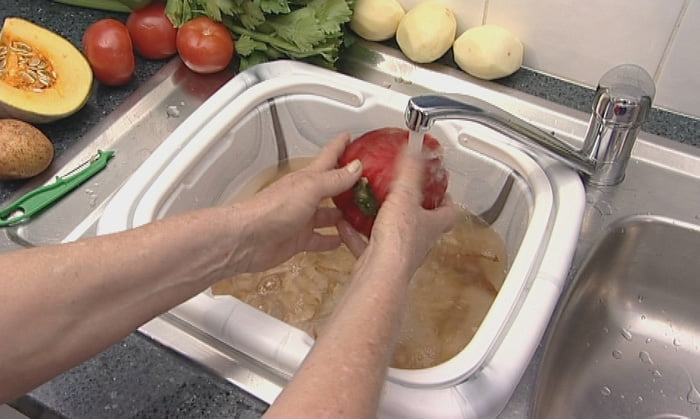 Water saving
Water saving
Water saving ways
Water saving doesn't have to be expensive or difficult. We review the best practices and latest technologies to help save water around the home.
Read more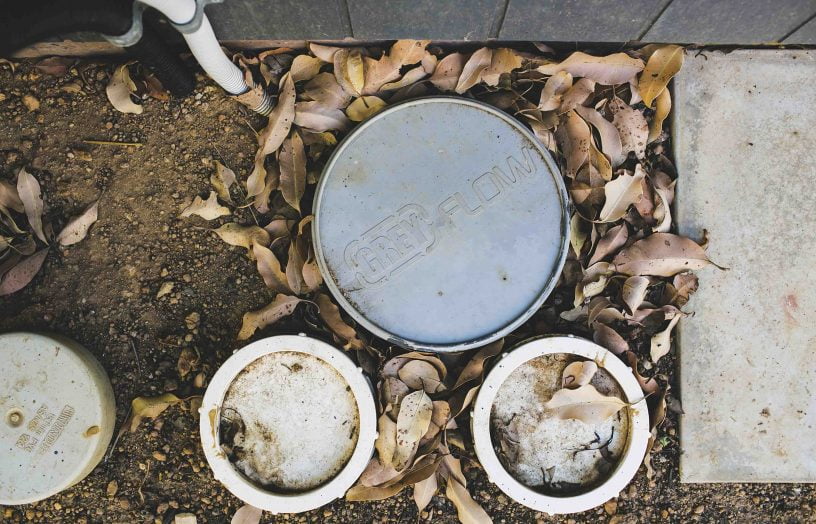 Outdoors
Outdoors
A better shade of grey: Grey water in your garden
Potable water is becoming the world’s liquid gold, and in the driest continent on earth, it’s priceless. Horticulturist Michael Tanner outlines how you can help save this precious resource by going grey in the garden.
Read more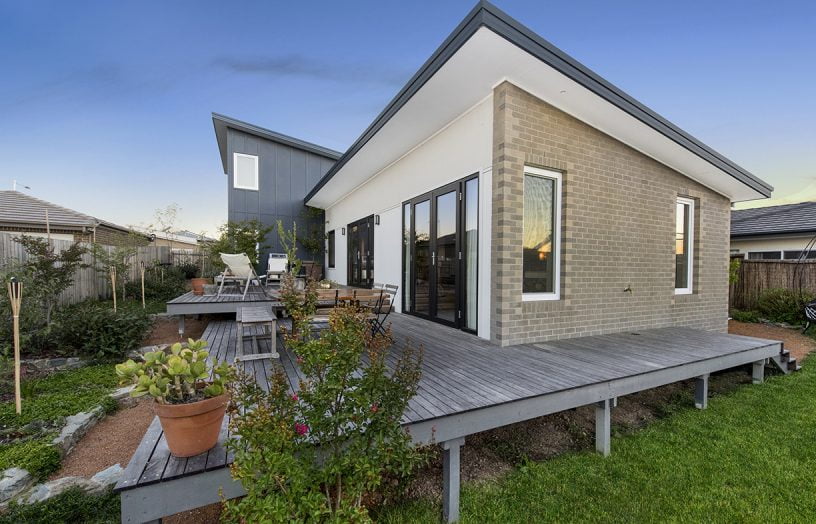 House profiles
House profiles
Home with heart
Featuring an effective passive solar design, salvaged and recycled materials, and an innovative whole-block water harvesting system, this little owner-built home provides a comfortable base for a young Canberra family.
Read more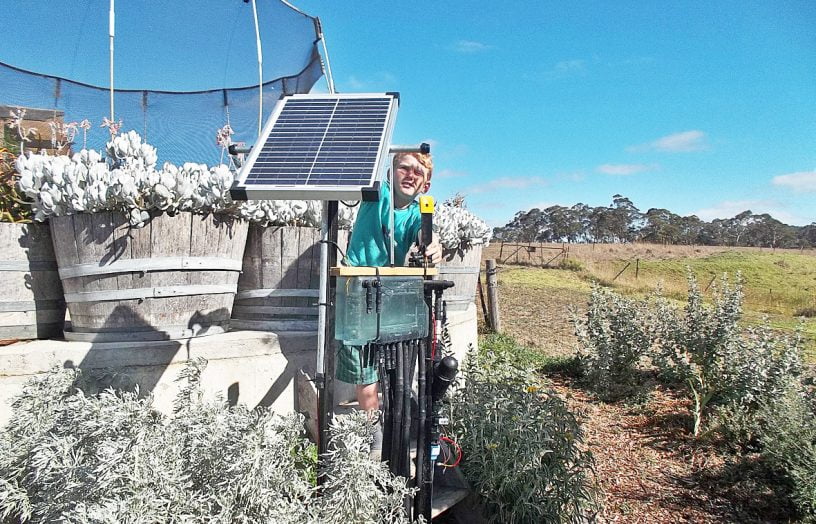 Water saving
Water saving
Drop by drop: measuring it out
Robyn Deed talks to Gardening Australia’s Sophie Thomson about her measured approach to watering in Adelaide’s challenging dry climate.
Read more

